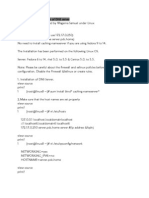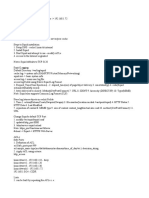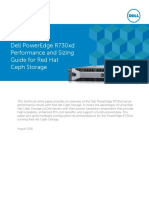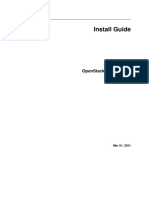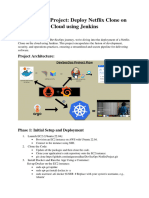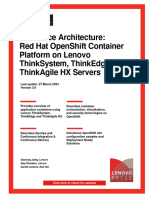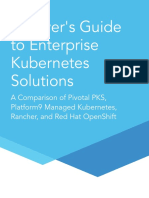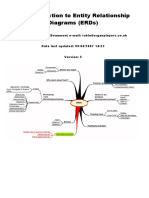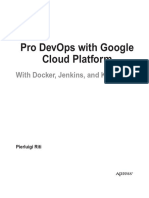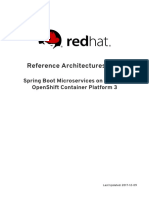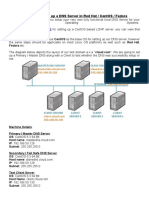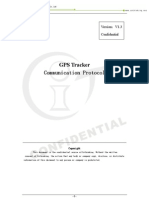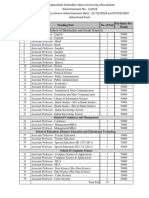0% found this document useful (0 votes)
89 views13 pagesDNS Server Setup
The document describes how to configure a primary and secondary DNS server. It provides instructions for installing and configuring BIND, editing configuration files, setting up zones, testing the configuration, and starting the named service.
Uploaded by
Mohammad Sazzadur RahmanCopyright
© © All Rights Reserved
We take content rights seriously. If you suspect this is your content, claim it here.
Available Formats
Download as PDF, TXT or read online on Scribd
0% found this document useful (0 votes)
89 views13 pagesDNS Server Setup
The document describes how to configure a primary and secondary DNS server. It provides instructions for installing and configuring BIND, editing configuration files, setting up zones, testing the configuration, and starting the named service.
Uploaded by
Mohammad Sazzadur RahmanCopyright
© © All Rights Reserved
We take content rights seriously. If you suspect this is your content, claim it here.
Available Formats
Download as PDF, TXT or read online on Scribd
/ 13
